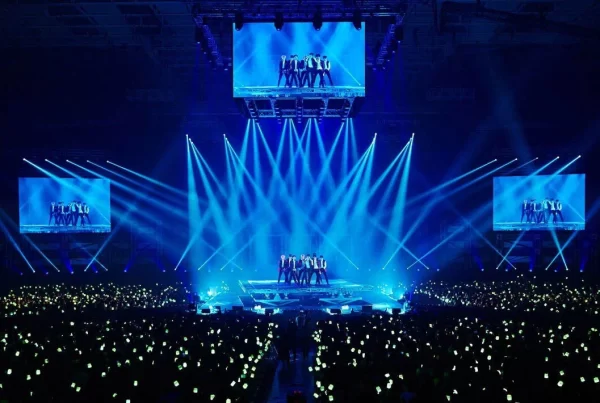The technological costs associated with LED displays often lead to inflated prices, as many companies invest heavily in technology. This article discusses how to ensure the quality of LED displays while simultaneously reducing costs through eight key technical control measures.
1. Heat Dissipation Performance
Effective heat dissipation is crucial for maintaining the stability of LED displays. Poor heat dissipation can lead to elevated temperatures, impacting the stability of LEDs and accelerating performance degradation. Thus, meticulous heat dissipation design for PCB boards and chassis ventilation is essential.
2. Soldering Issues
When LED displays fail to illuminate, soldering issues, particularly virtual soldering, are often the culprit. Thorough attention to detail and rigorous inspections during the manufacturing process are necessary to address this concern.
3. Vertical Alignment for Direct-Inserted LED Displays
Maintaining proper vertical alignment is critical for direct-inserted LED displays. Even a minor deviation can directly affect brightness consistency, resulting in inconsistent color blocks. LEDs must be perpendicular to the PCB board.
4. Anti-Static Measures
Manufacturers of anti-static LED displays must implement sufficient measures to prevent electrostatic discharge. Adequate anti-static settings should be in place, and regular testing is necessary to ensure effectiveness.
5. LED Mixing
The blending of LEDs with different brightness levels for the same color is crucial. Failure in this process can result in localized brightness variations, directly impacting the appearance of the LED display.
6. LED Thermal Values
Generally, the maximum operating current for LEDs should not exceed 80% of the standard 20mA value. For displays with small pitch, it is necessary to reduce the current value accordingly.
7. Driver Circuit Design
Inadequate design of the driver circuit can lead to lower brightness around the perimeter of the LED display compared to the center.
8. Strict Control of Wave Soldering Temperature and Time
Maintaining precise control over wave soldering temperature and time is vital. Preheating temperature should be around 100°C ± 5°C, not exceeding 120°C, with a smooth temperature rise. The soldering temperature should be 245°C ± 5°C, and the soldering time is recommended not to exceed 3 seconds. After wave soldering, caution must be exercised to avoid vibration or impact on LEDs until returning to room temperature. Regular temperature parameter checks for wave soldering machines are advised.
Conclusion
Every step in LED display technology involves intricate details. The better the attention to detail, the higher the quality of the LED display




